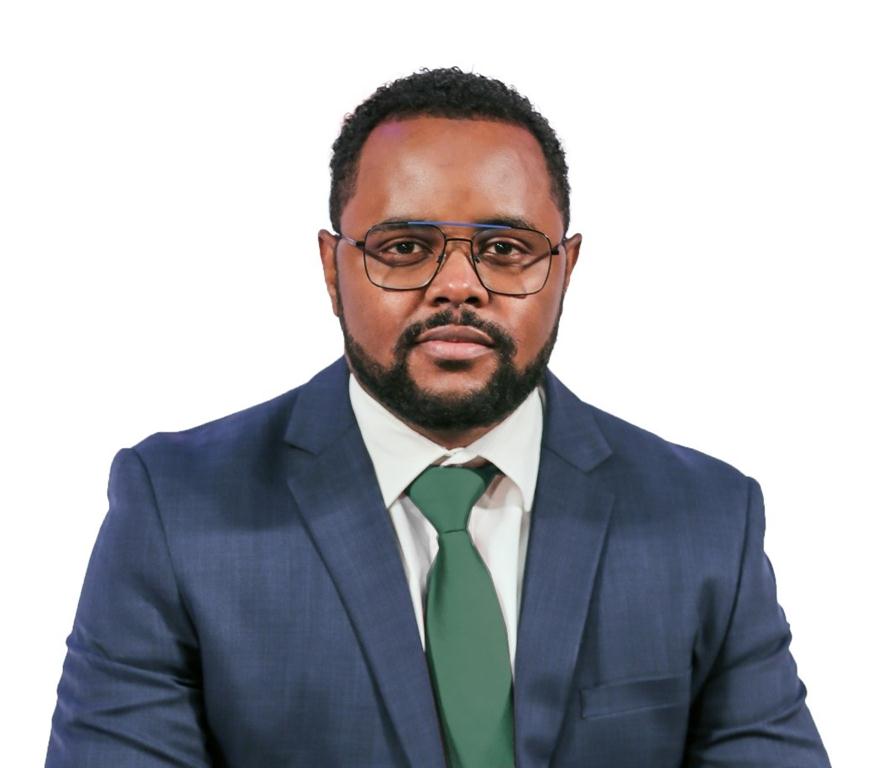Setting up a retirement fund for your company
Paul-GordonFor most Namibians pension savings is the largest, if not the only, investment at retirement. To encourage us to save towards retirement, the government has implemented various tax incentives and protections for pension fund savings. As a result, when employees are weighing their employment options, one of the most important considerations is the pension benefit package.
When designing a pension fund, first point of departure is the contribution rate. As times are tough, employers tend to keep this rate as low as possible. However, with a net retirement saving /contribution rate of less than 8% it is almost impossible to achieve a salary replacement ratio above 40%, even over 30 years. Employers are urged to consider increasing their net retirement savings/contribution rates. The net retirement saving/contribution rate is the total amount the employer and employee contribute towards retirement less cost. This leads us to the second consideration when designing pension funds – cost. Two percent in costs could erode up to 40% of capital that could have been saved at retirement after a period of 25 years.
The cost involved in pension funds are usually administration fees, consulting fees and risk benefit premiums.
Administration fees
This tends to fluctuate significantly depending on which service provider the employer selects and also the complexity of the fund. Employers should aim to keep this as low as possible by creating a simple pension fund and not building a complex pension fund that is difficult and expensive to administer.
Employee benefit consultant
Does your company even need an employee benefit consultant? The simple answer is yes. However, it is slightly more complex than this. Most pension fund administration service providers have some element of in-house employee benefit consultants. Thus, if you approach them directly, they have the expertise to assist in setting-up what is referred to as direct pension funds.
Risk benefits premium
The extent of this cost is largely dependent on the number of risk benefits you select and how comprehensive they are. These include death benefit cover (usually a multiple of annual salary, e.g. 3x annual salary), disability benefits (either a lump sum or income disability), funeral benefit (member or family funeral cover), critical illness, etc. The list is almost endless; however, the employer also has the option to do away with risk benefits and merely offer a pure retirement saving pension benefit.
Another important consideration when setting up a pension fund is the investment portfolios. The idea is to beat inflation over the medium to long term. Have exposure to growth assets. The employee’s average age is a good indication of the investment portfolios to select based on the timeline to retirement. For example, if the average age is 35 then most of the employees have about 25 years to retirement and they should ideally be invested in high growth portfolios, which are high risk and volatile. If the average again is 55, the employees only have about five years to retirement and should be invested in less a volatile option that offers capital protection.
In conclusion, the employer should consider a fair retirement contribution rate, keep the fund structure simple and invest in high growth assets over the long term.




Comments
My Zone
No comments have been left on this article